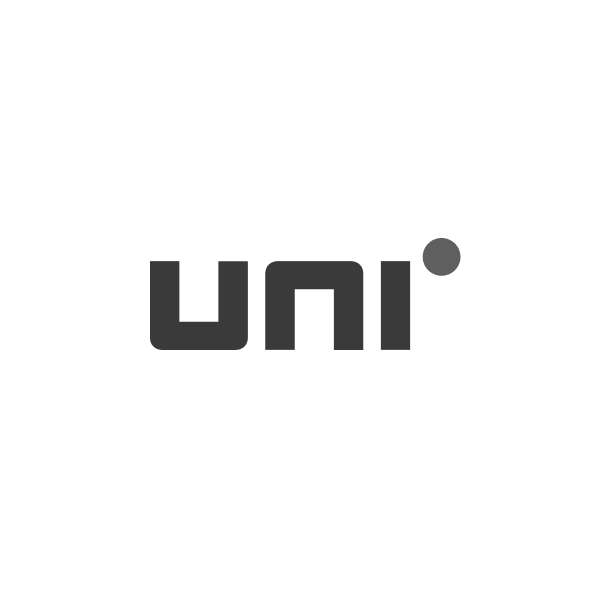

Empower Education with Muvi
Live Streaming, Video Archives, Collaborative Webinars, and Native Apps
- Easy setup
- Free 14-day trial
- No credit card required
One Ecosystem for all your Educational Needs
Muvi empowers educational institutions to deliver engaging and effective learning experiences, from live streaming university sports, events, and lectures to launching a video portal with video archive management and live meetings/webinars, all within a single ecosystem. Plus, you can have native streaming apps across 16+ web, mobile, and TV ecosystems without the need for coding.

World's First Streaming Focused AI Engine
Automate Operations
Reduce Manual Work
Improve Efficiency
Faster Go-to-Market

Live Streaming for University Sports and Lectures
- Immersive Sports Experience: Muvi's live streaming capabilities bring the excitement of university sports events directly to the screens of students, alumni, and fans worldwide. Whether it's football, basketball, or any other sport, Muvi ensures a seamless live viewing experience.
- Lecture Accessibility: Live stream lectures to accommodate students who can't be physically present on campus. Muvi enables real-time access to lectures, fostering inclusivity and providing a convenient learning option.
- Live Chat Engagement: Engage students during live lectures with interactive Q&A sessions. Muvi's platform allows for real-time interaction, ensuring that students can ask questions and participate actively.


Video Learning Portal with Apps & Monetization
- Enhanced Educational Experience: Launch a centralized hub for students to access course materials, lectures, and supplementary content with native apps for any time, anywhere access.
- Assessment and Evaluation: Create and deliver quizzes, assignments, and other assessments, as well as track and evaluate learners’ progress and performance.
- Certificate Management & Grading: Allow learners to track their grades and learning path. Use our default templates or customize certificates your own way.


Video Archive, Management, and Sharing
- Centralized Content Repository: Muvi simplifies video archive management by providing a centralized repository. Easily store and organize lectures, sports events, and other educational content for easy access.
- Secure Sharing and Access Control: With Muvi, you have control over who can access your video archives. Implement access controls to protect sensitive content and share videos securely with authorized users.
- Content Monetization: Monetize your video archives by offering them to students, alumni, or the public. Muvi supports various monetization models, including subscriptions and pay-per-view.


Live Meetings and Webinars
- Real-time Collaboration: Conduct live meetings and webinars with ease using Muvi. Collaborate in real-time, share presentations, and engage participants regardless of their location.
- Recording and Playback: Record live meetings and webinars for future reference or for those unable to attend in real time. Muvi ensures that valuable content is not lost.
- Scalability and Accessibility: Whether you have a small classroom or a global audience, Muvi's live meetings and webinars can scale to accommodate your needs. Reach students and participants worldwide effortlessly.

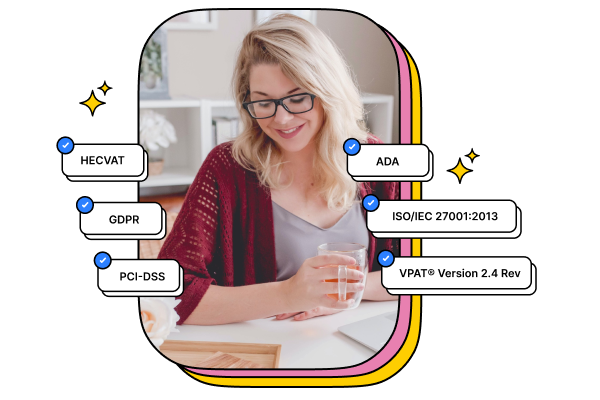
Regulatory Compliances
- ISO 27001 Compliance: Muvi adheres to ISO 27001:2013 organizational security standards and practices for Data Security.
- HECVAT Compliance: The Higher Education Community Vendor Assessment Tool (HECVAT) helps higher education institutions ensure that cloud IT services are appropriately assessed for security and privacy needs.
- ADA Compliance: Muvi is currently 50-60% ADA compliant with its standard templates, It achieve up to 80% compliance with custom development*

Join the Education Revolution
Muvi is your trusted partner in shaping the future of education through live streaming, video content management, and live meetings/webinars. Whether you're a university, college, or online learning platform, Muvi equips you with the tools to engage learners, share knowledge, and expand your educational reach.
Used and loved by businesses
Don’t take our word for it. Check out what our customers say about us

Muvi is the best recommended OTT solution amongst all competitors in the market we have tried. Offering a lot of features, it is a very robust platform with a highly professional & cooperative team. It’s been easy to work with & has been the all-rounder solution to all our OTT needs for website, mobile & TV apps.

Founder, Chairman & CEO, IROKO Partners Limited
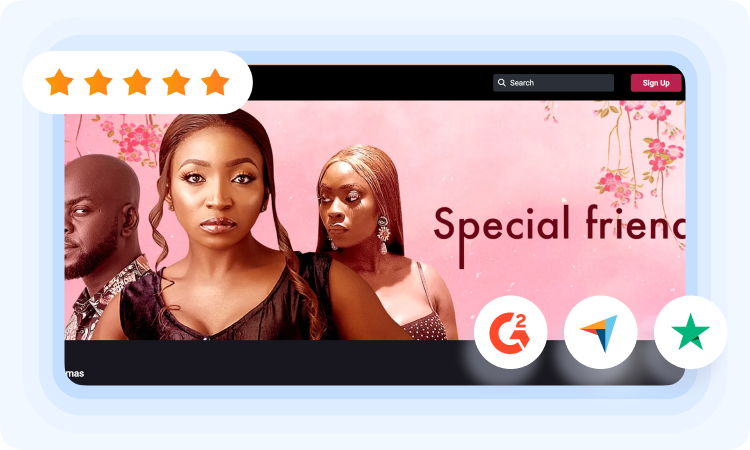

Muvi offers a solid platform. Great customer service and has one of the most competitive costs offerings in the market. Highly recommend Muvi!

Co-Founder Managing Director, FamilyPlayland
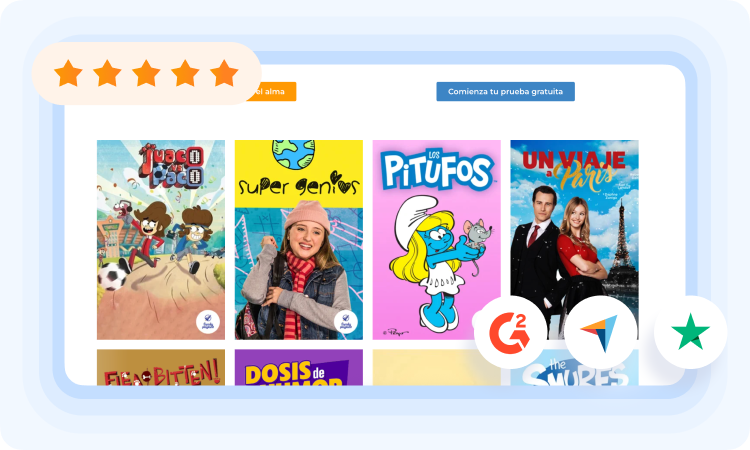

We joined Muvi One recently & the experience has been great. The platform offers a wide range of options & customizations. The customer support is quick, helpful & effective.

Founder, EEE
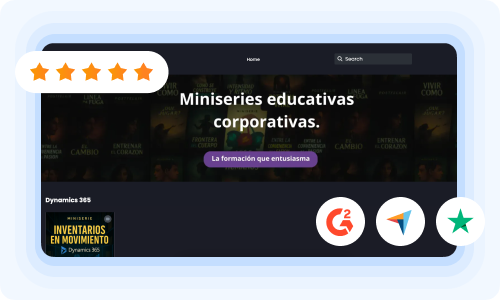


President, Fort Smith International Film Festival
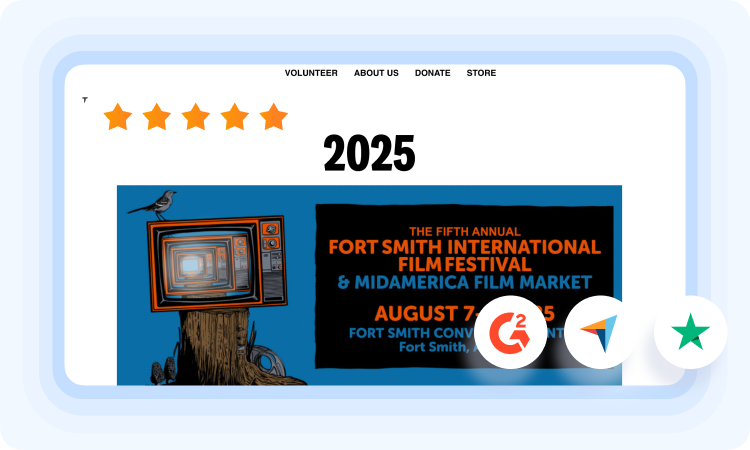

We wanted a platform that is reliable. Muvi was the best solution that met our requirements. The fact is that it is DRM Enabled, it protects content from getting downloaded, screen scraped or even screen sharing is not allowed.

Festival Director, Indica Film Utsav
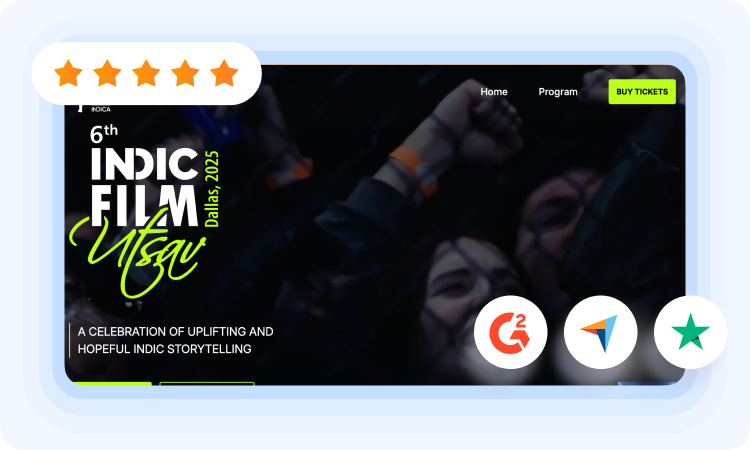
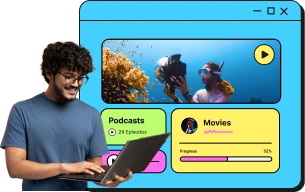
Request a Free Consultation
Join the education revolution with Muvi. Contact us today to discuss your specific requirements and take the first step toward transforming your educational initiatives.




